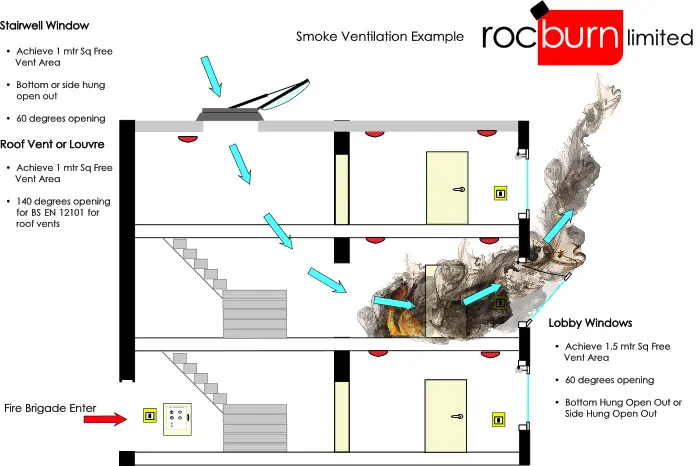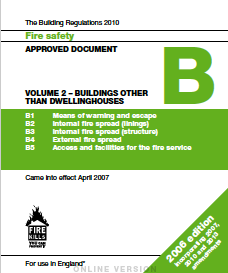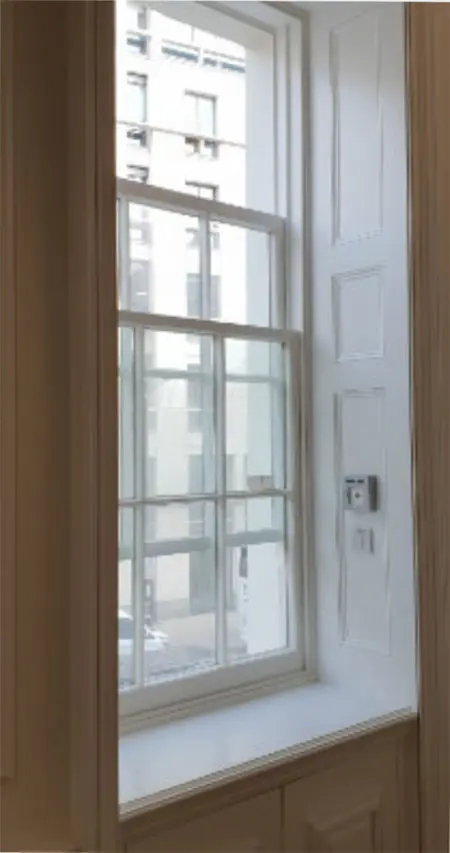Fire and Ventilation Regulation in the UK
Volume 2 deals with other types of buildings including offices, public buildings, multi-story and industrial buildings as well as flats.
Because of the nature of these type of buildings, having multi-occupancy and a greater risk of fire, the regulatory requirements are much more thorough than for domestic premises. While damage to buildings can never be eliminated the regulations provide adequate measures ao as to minimize the potential loss of of life should the worse case happen.
Volume 2 is split into a number to sections to cover fire safety related matters within and around buildings other than dwelling houses. This includes: the satisfactory means of giving warning and means of escape in case of fire; stopping the spread of fire over internal and external linings; ensuring the stability of buildings in the event of a fire; and to ensure satisfactory access for fire appliances to buildings and facilities within buildings other than dwelling houses.
The requirements in this edition of Approved Document B – Volume 2 are as follows:
B1 – Means of warning and escape
The building shall be designed and constructed so that there are appropriate provisions for the early warning of fire, and appropriate means of escape in case of fire from the building to a place of safety outside the building capable of being safely and effectively used at all material times.
Limits on application
Requirement B1 does not apply to any prison provided under section 33 of the Prisons Act 1952 (power to provide prisons etc).
B2 – Internal fire spread (linings)
(1) To inhibit the spread of fire within the building the internal linings shall:
(a) adequately resist the spread of flame over their surfaces; and
(b) have, if ignited, a rate of heat release or a rate of fire growth, which is reasonable in the circumstances.
(2) In this paragraph ‘internal linings’ mean the materials or products used in lining any partition, wall, ceiling or other internal structure.
Limits on application
None
B3 – Internal fire spread (structure)
(1) The building shall be designed and constructed so that, in the event of fire, its stability will be maintained for a reasonable period.
(2) A wall common to two or more buildings shall be designed and constructed so that it adequately resists the spread of fire between those buildings. For the purposes of this sub-paragraph a house in a terrace and a semi-detached house are each to be treated as a separate building.
(3) Where reasonably necessary to inhibit the spread of fire within the building, measures shall be taken, to an extent appropriate to the size and intended use of the building, comprising either or both of the following:
(a) sub-division of the building with fire-resisting construction;
(b) installation of suitable automatic fire suppression systems.
(4) The building shall be designed and constructed so that the unseen spread of fire and smoke within concealed spaces in its structure and fabric is inhibited.
Limits on application
Requirement B3(3) does not apply to material alterations to any prison provided under section 33 of the Prisons Act 1952.
B4 – External fire spread
(1) The external walls of the building shall adequately resist the spread of fire over the walls and from one building to another, having regard to the height, use and position of the building.
(2) The roof of the building shall adequately resist the spread of fire over the roof and from one building to another, having regard to the use and position of the building.
Limits on application
None
B5 – Access and facilities for the fire service
(1) The building shall be designed and constructed so as to provide reasonable facilities to assist firefighters in the protection of life.
(2) Reasonable provision shall be made within the site of the building to enable fire appliances to gain access to the building.
Limits on application
None
Downloads
Want to know more?
If you want help choosing the right product or solution, our technical sales staff are here to help.
Why not call us today on 01702 826 267 or click below to submit an enquiry.
Related Posts
- Why Choose Sliding Sash Windows for Better Ventilation
Sliding sash windows are a timeless window style that continues to suit both period and contemporary buildings.
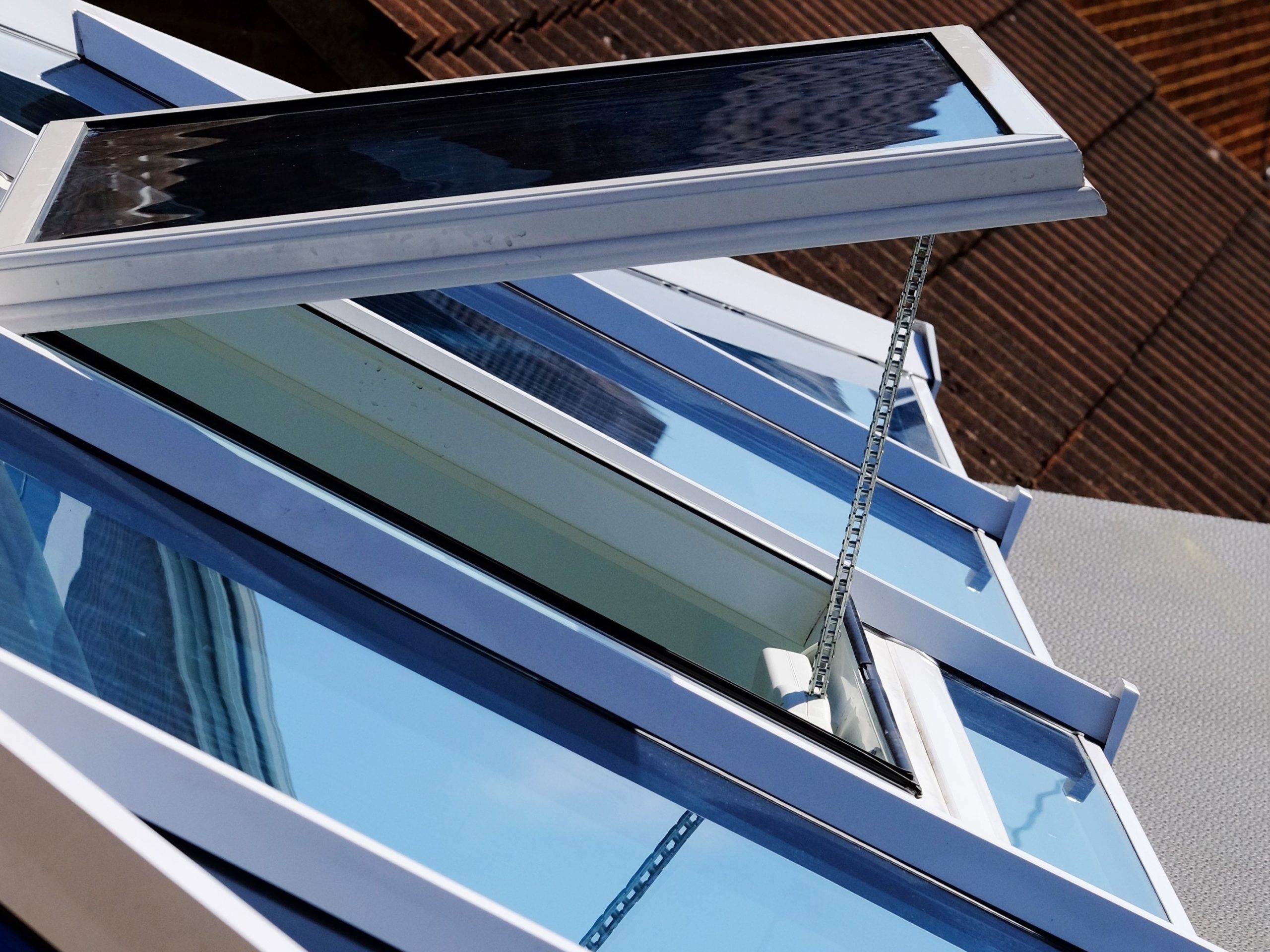 Electric Actuators vs Manual Openers: Which Is Right for Your Ventilation Needs?
Electric Actuators vs Manual Openers: Which Is Right for Your Ventilation Needs?Ventilation plays a critical role in maintaining indoor air quality, temperature control, and energy efficiency.
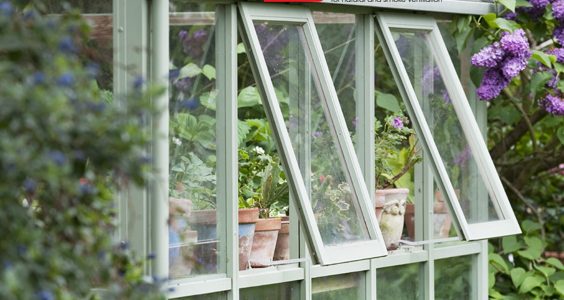 How to Use Electric Window Actuators in a Greenhouse
How to Use Electric Window Actuators in a GreenhouseMaintaining the right environment in your greenhouse is essential for healthy plant growth. One of the most effective ways to regulate temperature and humidity is through a reliable ventilation system. That’s where electric window actuators come in.

